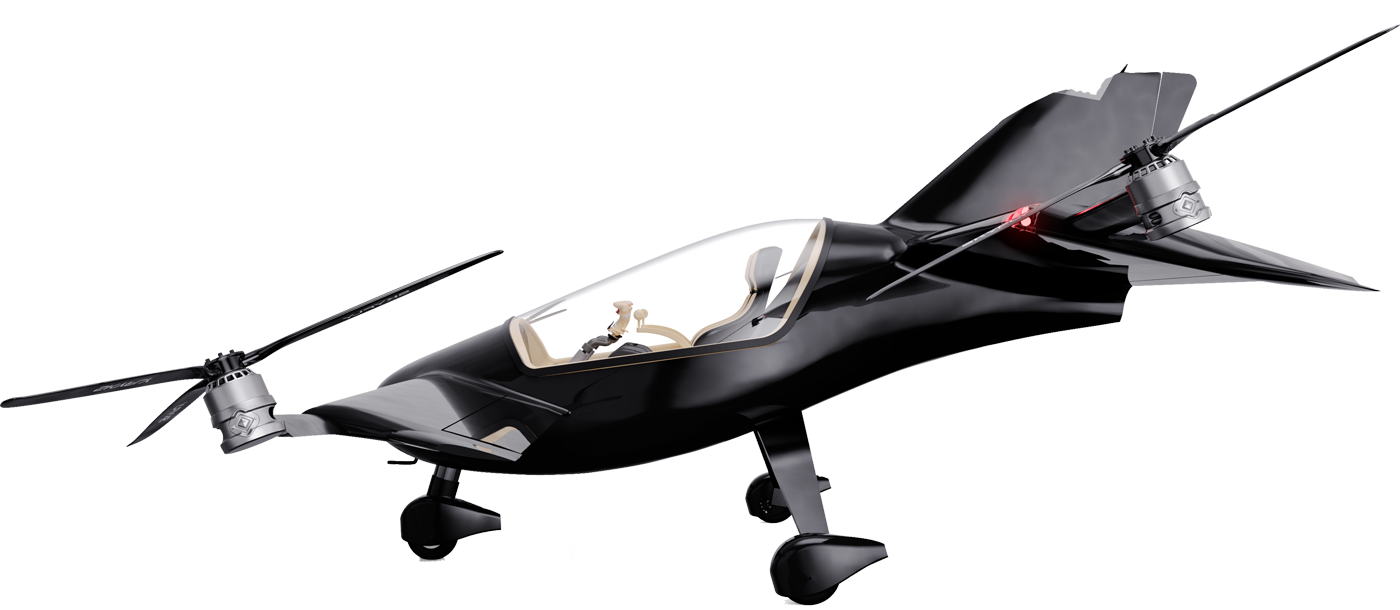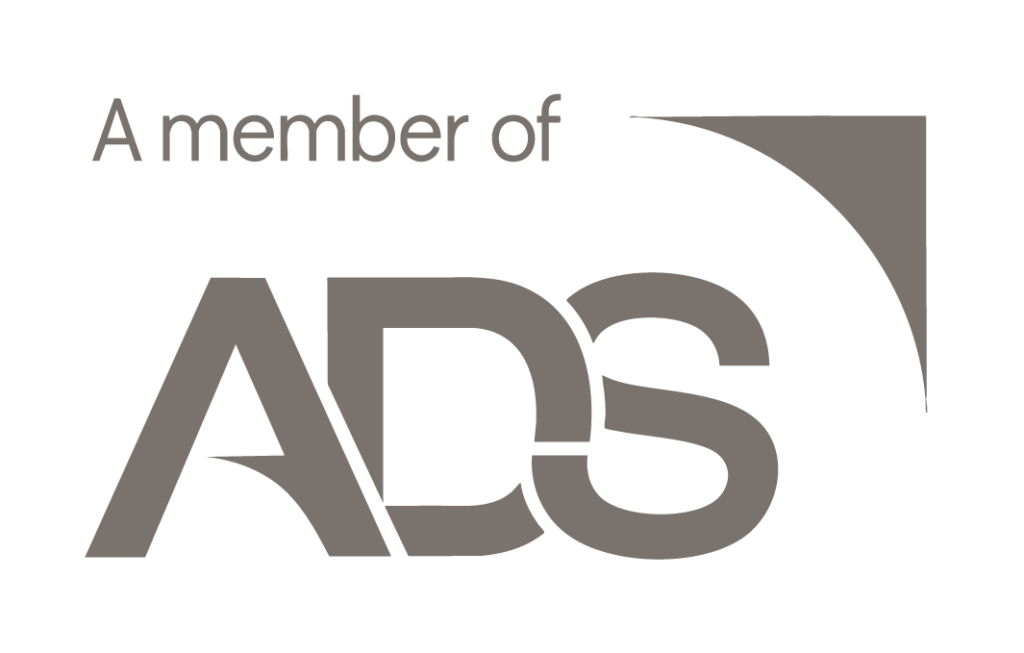FAQs

What is the range of the Axe VCA?
The forecast maximum range for the Axe VCA (Vertically Capable Aircraft) as a fully electric aircraft is 100 miles (1hr at 100mph) – with the hybrid generator, it is expected to achieve three times that amount at over 300 miles. The lowest cruise speed without losing efficiency is 55mph – this also gives you a maximum endurance of 1hr 21min for a fully electric solution at max payload. This is with our existing battery technology used on our prototype - the production model will have improved performance .
What is required to fly the Axe?
The Axe’s unique design means it can operate like a conventional fixed-wing aircraft, despite being able to land and take off vertically. Although eVTOLs and VCAs do not currently have a pilot's license, the Axe will be flown with a normal private pilot’s license, with different training and a type certificate.
Why is the aircraft safe?
The Axe is powered by 8 electric motors, 2 on each corner, which gives redundancy in the hover and forward flight. The aircraft features a triple-redundant control system from Embention, one of the leading manufacturers of manned electric aircraft flight control hardware. This gives you multiple layers of redundancy in your flight control system. We are using proven systems with existing aerospace grade certification. The battery system is redundant. If one system fails, the other seamlessly takes over.
If all motors or systems fail, the high-lift wings and mechanical linkages to the control surfaces enable the aircraft to glide to safety and land normally. The wings are set up in a unique “canard” configuration so you cannot stall the aircraft. Finally, the aircraft has a ballistic parachute system if you have no other safe options to glide to safety. The system is activated by a lever in the cockpit, which launches a rocket carrying the parachute out from the aircraft. This has been designed to carry the whole weight of the aircraft, 2 passengers, and luggage to safety.
Why is the Axe different to other eVTOL/VCA aircraft?
Wings: While the Axe can take off vertically, our design featuring a main wing and a canard wing enables the Axe to operate like a normal aeroplane in forward flight. This includes mechanical control linkages to your control surfaces which are not reliant on any electrical system and enable you to glide and land even with a complete system failure. The wings drastically improve range (140kw of power in the hover vs 50kw in forward flight).
Weight: We have focused the Axe's engineering efforts on minimising weight across the whole aircraft. This has led to an overall weight of just 750kg, achieved through the use of Carbon Composite structures throughout the airframe.
No Rotating mechanisms: Most eVTOL or VCA aircraft rely on failure-prone, complex, and maintenance-intensive rotating/tilting mechanisms for the motor and rotor. But not us. The Axe does not have rotating engines or wings, saving you weight, operating costs, and purchase price compared to other eVTOLs.
Why is the Axe crucial for other VCA manufacturers?
When larger eVTOL manufacturers such as Joby, Archer and Vertical Aerospace become certified operation in the coming decade or so, pilots will remain necessary for their operation. This means the industry will need to train a large number of pilots for eVTOL flights (approximately 80,000 pilots by 2028).
The Axe VCA’s fixed-wing forward flight and conventional take-off capability make it the ideal trainer for pilots transitioning from fixed-wing aircraft to eVTOLs. Also, the design can train new pilots the skills and control necessary to land an aircraft without power (an essential tool).
The Axe’s electronic flight control system and its easy VTOL transitions will smoothly introduce any new flier to eVTOL/VCA flight, whether experienced or otherwise.
And this trainer won’t break the bank. Its low weight, low purchase price, and low operating costs are yet another reason why the £2bn training market is about to receive the perfect eVTOL pilot trainer.
Where can I use my Axe?
In most countries, private aircraft like the Axe can land wherever the landowner has provided permission. A public database allows landowners to greenlight axe-owners’ landings on their fields in exchange for a small fee.
Now, there are limits, even for the Axe. Large international airports or city centres will be off-limits until regulation and traffic management infrastructure mature. However, upcoming infrastructure providers like Urban Airports are already planning for ‘Urban Airports’ exclusively reserved for VCAs.
These ‘Urban Airports’ will be stopovers where you can park your private VCA and switch to a larger commercial air taxi for a short commute into the city centre. These “changeover” airfields for VCAs will be dotted around city centres wherever land prices are low and land is readily available.
Where can I charge my Axe?
The Axe can be charged at home. The charging infrastructure is similar to that of an electric car, and the fast charger we offer with the aircraft will charge the aircraft from 0% to 100% in 4.5 hours. However, you will usually charge from the existing state of charge of 20%, giving you a charge time of 3.5 hours.

Get in touch.
Press enquiries: press@skyflytech.com
General enquiries: aircraft@skyflytech.com
Sales enquiries: sales@skyflytech.com
Investors: investors@skyflytech.com
Careers: hiring@skyflytech.com
Direct Line: 020 8135 0500

